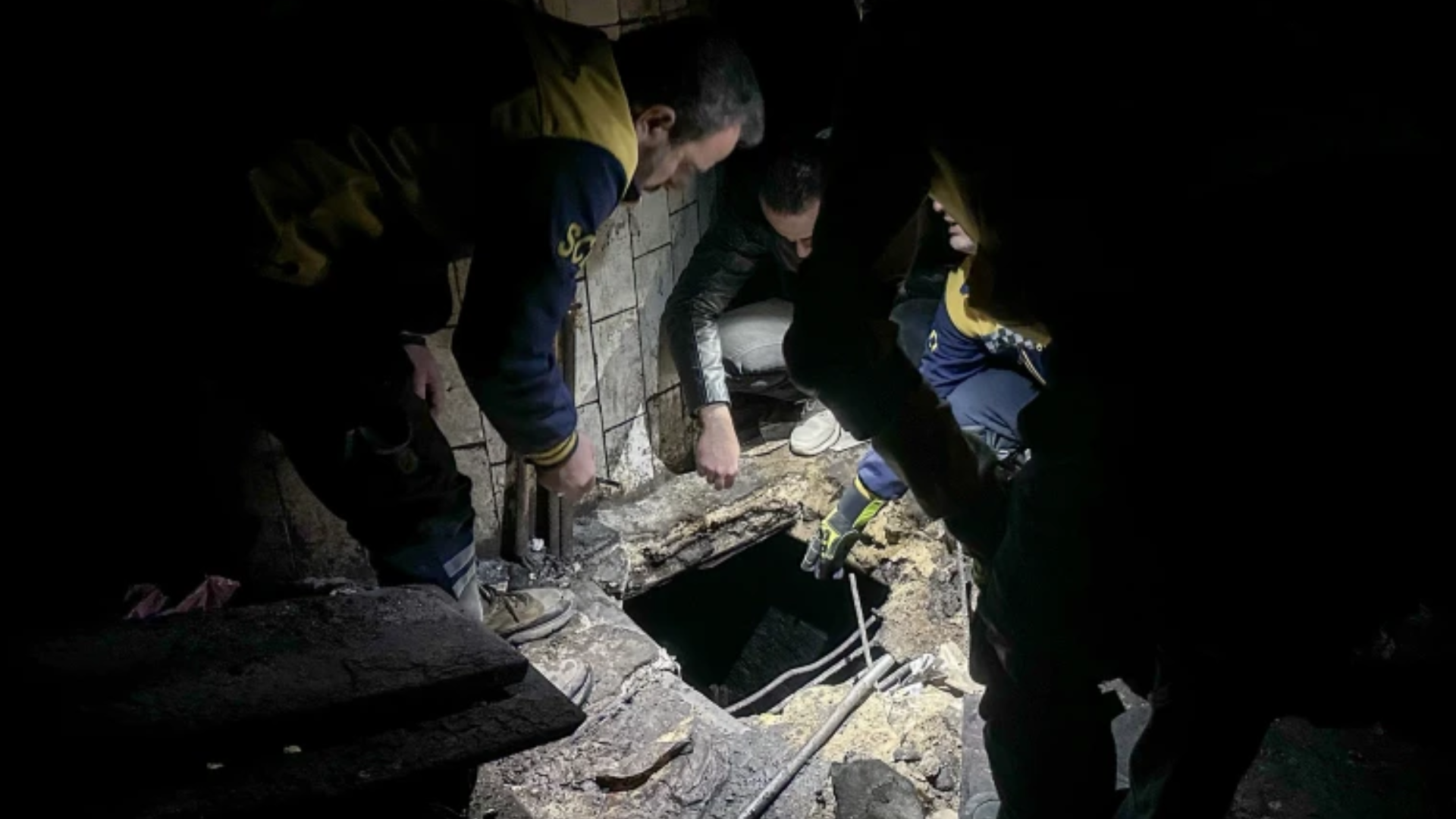In a historic turn of events, the Assad family’s five-decade rule in Syria came to an abrupt end as insurgents seized control of Damascus. The aftermath of the regime’s collapse revealed harrowing scenes, including the release of hundreds of detainees from Assad’s notorious detention centers—sparking emotional reunions with families who had long believed their loved ones were lost.
Syria Prison = Human Slaughterhouse
Among the most chilling discoveries was the Saydnaya military prison, located north of Damascus and often referred to as the “human slaughterhouse.” Rebel forces found this sprawling underground facility, five stories deep, filled with emaciated detainees who were fighting for air. Amnesty International estimated that nearly 20,000 prisoners were trapped in the dire conditions and urgent rescue efforts were underway.
Thousands of the worst cases of Sednaya Concentration Camp are still underground.
They are severely malnourished and missing limbs due to torture.
pic.twitter.com/xFAcxge4FO— Umar Qadmiri (@UmarQadmiri) December 9, 2024
As the locks to Saydnaya’s cells were broken, cries rang out in the corridors. Women, some with their children, emerged from their cells as desperate relatives gathered outside, hoping for news about their loved ones. Instead of celebrating Assad’s fall, many families went and crowded outside prisons and security centers across the country in search of answers.
Rebel fighters tried to maintain the disorganized crowds at Saydnaya, shooting into the air to keep intruders out. Thousands rushed into the facility, releasing detainees who had vanished during the civil war that started in 2011. Amnesty International and other groups have reported abuses at Saydnaya, and estimate that between 2011 and 2016, as many as 13,000 Syrians were secretly executed there.
Inside the labyrinth of cells, the searchers were moving from room to room, unearthing evidence of the atrocities committed by the regime. Many were worried that detainees were on the verge of dying from starvation and lack of air, making rescue operations urgent.
It now stands as a focal point within Syria’s post-Assad landscape, a grim reminder of the regime’s brutality and the scars it has inflicted on the nation. While this fall of the Assad dynasty brings hope for freedom for many families, it brings with it the pain of having to confront the atrocities it committed during its rule.
Also Read: Biden’s 1st Reaction On Syria Civil War, Calls It ‘Historic Opportunity’ For Syria



















